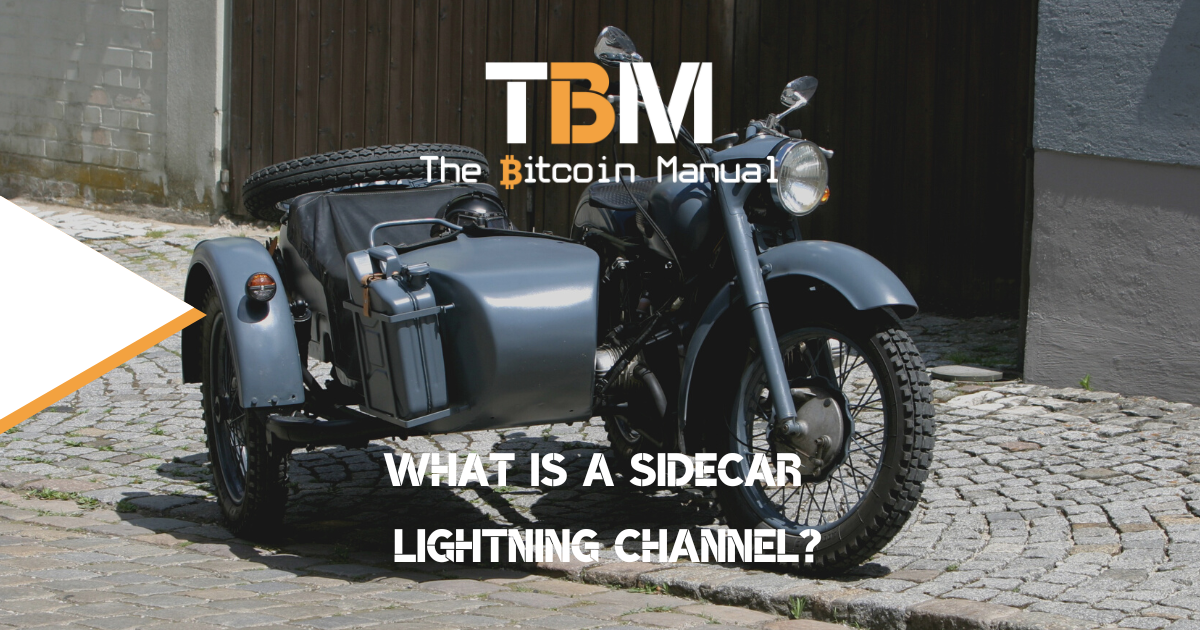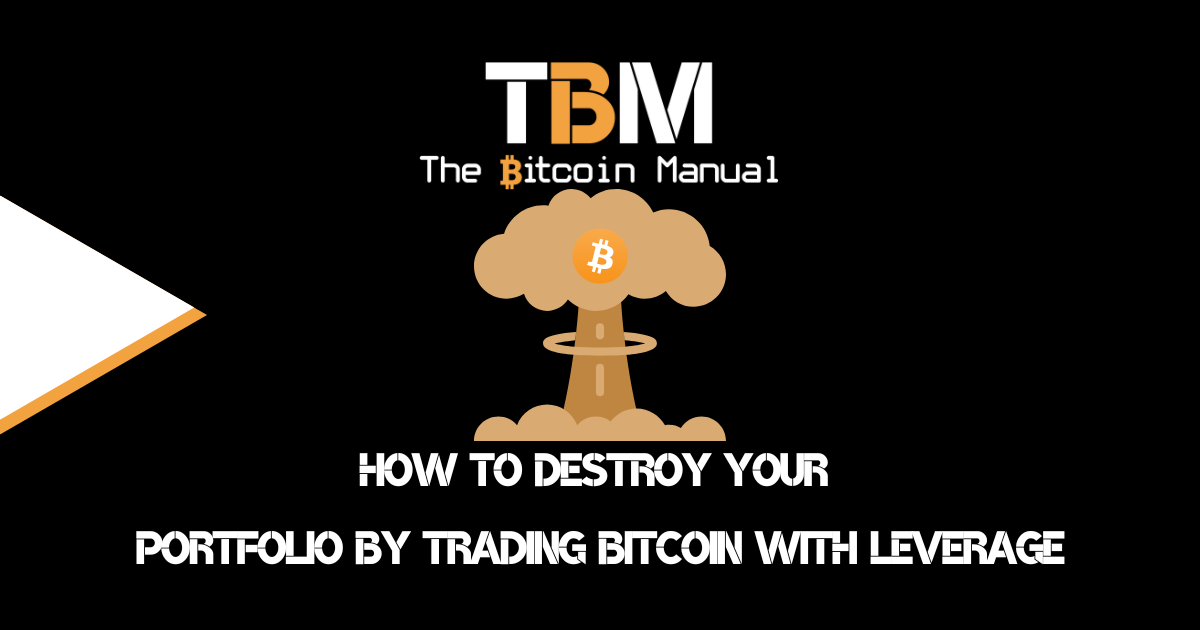The Lightning Network is a peer-to-peer payment system that requires you to establish a connection with one other network user, in this case, a Lightning node. You would create a channel between yourself and another Lightning user, and this channel, backed by an on-chain UTXO, allows you to move funds between the two of you without the need to sign each transaction to the main chain.
The power of Lightning comes into play through channel connections and routing; even though you might only have one channel, the Lightning network will look at the channels your connection has, and you can move funds through those connections.
You can create channels between friends and family and pay them directly with private channels on Lightning by updating the balances between the two of you, or you can pay a wider network of people by connecting to some of the network’s most popular nodes with loads of routing capabilities and liquidity.
How you use Lightning is totally up to you, but you have to understand that, unlike the main chain, Lightning is far more hands-on. Once you set up a channel, it’s up to you to maintain your liquidity and ensure your channels are running smoothly.
A fundamental part of establishing or maintaining a Lightning channel is finding inbound and outbound liquidity. Sourcing liquidity for a channel isn’t a concept that is easy to understand for first-time lightning network users and some handholding or, should I say, “handhodling” can go a long way.
There are several ways of sourcing liquidity; you could purchase a channel from Bitrefill using Thor or leverage liquidity management services like Magma by Amboss or Lightning Pools. Alternatively, a friend could help you, and this is where sidecar channels come into play.
Why the need for sidecar channels?
Instead of putting the entire onboarding process on the new user, sidecar channels allow you to help get Lightning users up and running so they can send and receive funds without any issues and later learn how to rebalance funds as they use their channel.
Sidecar channels enable third parties to purchase channels on behalf of a Lightning user needing liquidity. These are regular channels created through Lightning Pool. Still, instead of purchasing liquidity for yourself, the buyer of liquidity is purchasing on behalf of a third party who does not have a Pool account yet.
This makes it incredibly easy to onboard new users in a non-custodial manner to Lightning:
All a Pool account holder needs to do is spin up LND, scan a QR code from a node with a funded Pool account, and gain the ability to receive payments through a well-connected routing node.
Sidecar channels create a new trust-minimised line of revenue for node operators interested in brokering channel leases to onboard these new users.
It also provides an incentivised way to create dual-funded channels between users.
Sidecar channels make Lightning liquidity more portable and flexible within the network without compromising trust and create a wider market for liquidity and improve non-custodial users of Lightning.
Individual Lightning node runners can onboard other users and ensure their new channels are running properly, while larger nodes like Lightning apps and Lightning wallets can access additional liquidity o demand to onboard users easily and without friction.
How do sidecar channels work?
Alice is a new user of LN and has no UTXOs but wants to use Lightning. She’s willing to pay an onboarding fee to a wallet provider to get set up with an initial balance (=outbound capacity) and the ability to receive payments (=inbound capacity).
To give you an idea of how the sidecar process would work, we will run through an example. The example assumes that Alice is aware of the costs of onboarding and is paying for them herself (which happens out of band from the perspective of the Pool server and is only mentioned explicitly for the completeness of the example).
Participants in a sidecar channel
- Alice: New user, possibly using a mobile wallet, has no UTXOs but a wallet app that has LND and Pool integrated
- Lightning Wallet or LN App: A wallet/service provider that offers the sidecar bootstrap service for a fee. Offers to convert fiat or BTC into an initial LN balance for new users, minus said fee. Has a well-funded Pool account that can be used to pay for leases.
- Node runner: An independent liquidity provider willing to open channels to new users. Has a well-funded Pool account that can be used to open channels.
Requirements for a sidecar channel
- All three participants need to run the Pool client that implements the sidecar functionality:
- Alice: Must be able to register with the auctioneer by providing the multi-sig pubkey and be able to sign with it.
- Lightning Wallet or LN App: Must be able to submit an order that refers to a multi-sig pubkey of the receiver node.
- Lightning node runner: Must be able to accept orders that require to set a push amount when opening the channel.
Alice requests that she gets access to the Lightning network; the wallet provider takes her UTXO with the fees they require to cover the creation of the channel and source liquidity and then seeks out the node runner with liquidity at the lowest fee and connects the newly established LIghtning channel for Alice.
Alice doesn’t need to know all of this is running in the background; her user experience is simply moving funds to Lightning so she can send and receive off-chain payments.
Get the app
There you have it, another tool you can use to improve your Lightning experience and make your life a little easier and have fun with the Lightning network. If you’re new to the Lightning Network and you’re only getting started with your Lightning wallet or Lightning node and all the things you can and should do, it can be overwhelming but take your time to learn more about each app and why you would want it added to your bitcoin stack.
Applications like sidecar channels are making it far easier to run a Lightning network node in a non-custodial manner or reducing the trust required to manage your Lightning experience.
Sources:
If you want to learn more about sidecar channels and dive down the rabbit hole, we recommend checking out the following resources.
Are you a bitcoin and lightning fan?
Have you been using Lightning to make micro-payments? Stream sats or engage with apps? Which app is your favourite? Have you tried all the forms of Lightning payments? Which one do you prefer? Let us know in the comments down below.




